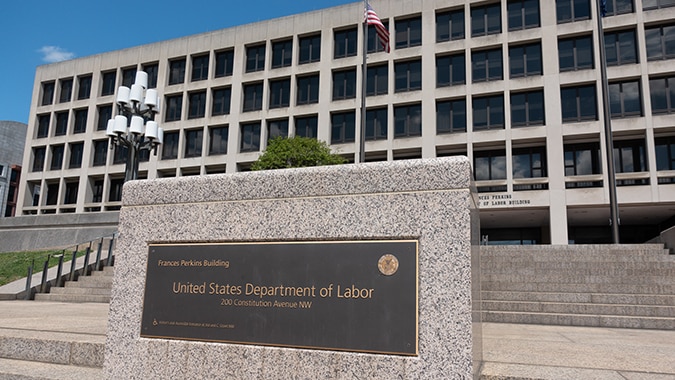The U.S. Department of Labor has withdrawn a rule proposed by the prior Biden administration that would have prohibited employers from paying people with disabilities less than the federal minimum wage.
The proposal, published for public comment in the Federal Register on Dec. 4, 2024, would have prohibited DOL from issuing Section 14(c) certificates that allow employers to pay disabled workers less than federal minimum wage. Employers with existing certificates would have been given three years to phase out the practice of paying subminimum wages.
However, on Monday the DOL formally withdrew the proposal, saying it did not have the statutory authority to end a Congressionally mandated program designed to remove employment barriers for the disabled.
The 1938 Fair Labor Standards Act allows DOL to issue certificates to employers permitting them to pay disabled workers subminimum wage if their disabilities impair earning or productivity capacity.
The number of Section 14(c) certificates has declined significantly over the past two decades, from 424,000 workers in 2001 to approximately 40,579 in 2024, the DOL said.
“This decline does not establish that no current need remains,” the DOL said. “To the contrary, the continued existence of tens of thousands of workers utilizing the section 14(c) program suggests a nonzero population for whom section 14(c) remains necessary.
“That inference is bolstered by comments asserting that many individuals with significant disabilities would face unemployment, underemployment, or loss of ancillary services if 14(c) options were eliminated,” the DOL said in its rationale for withdrawing the rule.
Some states, however, have already prohibited employers from paying the disabled minimum wage. New Jersey ended the practice on July 1, 2024.
“The fact that some States ended their state-law subminimum wage provisions does not necessarily mean such provisions are no longer needed to prevent curtailment of employment opportunities,” the DOL notice said. “It may simply mean that those state legislatures made policy tradeoffs between the minimum wage and employment opportunities.”




